Are you building a new home or business? If so, you should really consider taking measures to soundproof your walls.
Most newly constructed walls are comprised of drywall, which is attached to foundational studs. While this method is a lot easier, faster, and cost-effective than plaster, there’s one area where it falls short: soundproofing.
Drywall is thin and lightweight, and as such, soundwaves can easily travel through the material. The result: a lot of interior and exterior noise transfer.
Fortunately, there are ways that you can prevent this problem. In this guide, we provide you with an overview of how to go about soundproofing newly constructed walls, including some simple, yet effective ways that you can prevent noise penetration.
As mentioned above, drywall makes the construction process a lot easier, faster, and affordable; however, there’s one major drawback, and that’s the thinness of the material.
Since drywall is substantially thinner than plaster and lath, sound can easily travel through it. As such, during the construction is the perfect time to use soundproofing materials.
While you could certainly attempt to soundproof the walls after construction is complete, doing so while you’re in the midst of building will help you avoid frustration and prevent the need for additional work down the road.
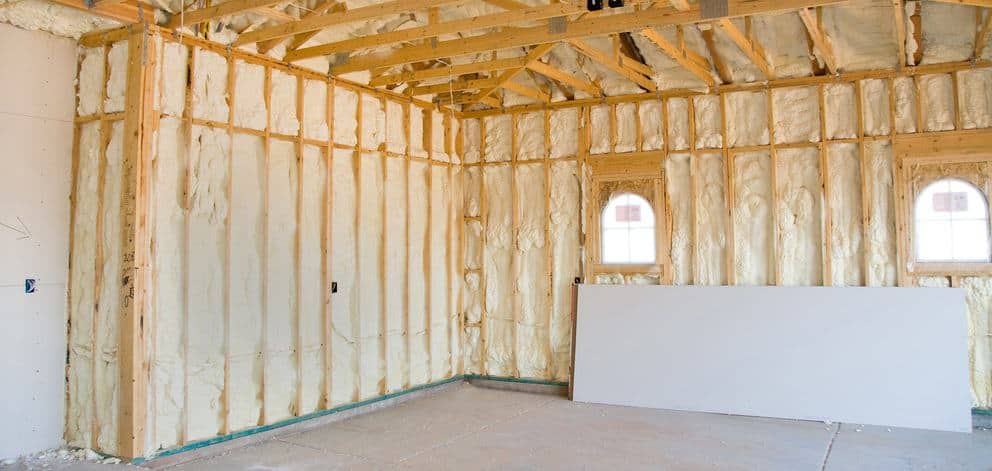
The most obvious reason to soundproof walls is to prevent exterior noise from traveling into your property; it also prevents interior noise from traveling outside.
If the idea of hearing distracting noises inside your home or business and having the outdoor world hearing what’s going on inside your property, then you should definitely take the time to soundproof your walls.
In addition to preventing sound transfer, soundproofing your walls will also add an extra layer of insulation, thereby preventing heat transfer.
As such, less heated and cooled air will escape from the walls and your home will be a lot more energy efficient. Improved energy efficiency translates to lower heating and cooling costs, too.
When soundproofing a wall, the goal is to stop sound from traveling through the structure. In order to successfully achieve this objective, however, it’s important to understand the different types of sound.
There are two primary kinds of sound:
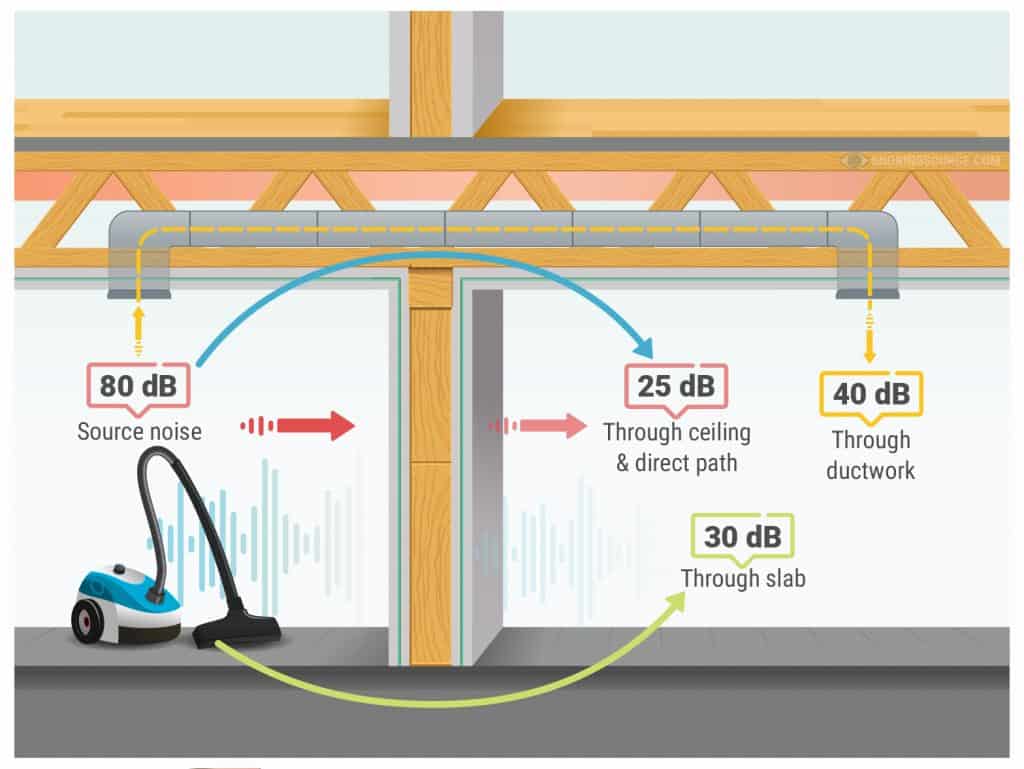
All noise occurs as a result of soundwaves. Whenever an object creates a sound, it creates vibrations which travel through a medium until they reach the ear. With airborne noise, as the name suggests, the medium that those vibrations travel on is air.
The majority of the sounds that you hear are airborne; common examples include conversations, animal noises, and sounds coming from your television or radio.
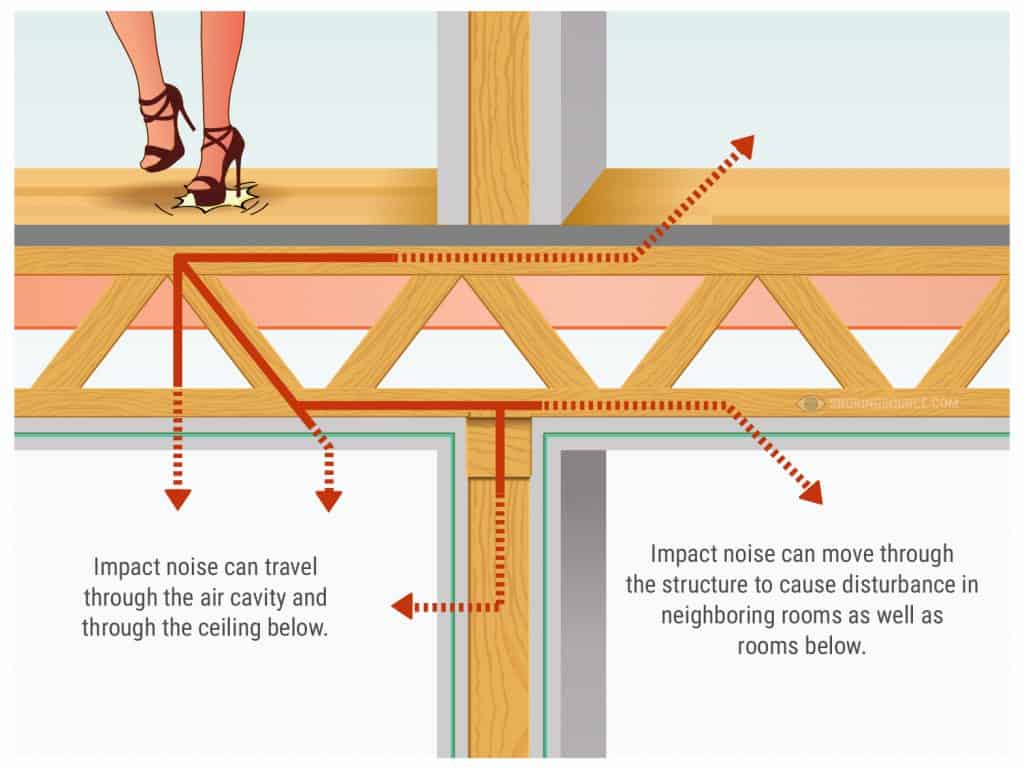
The second type of sound is known as impact or structure-borne noise. With this type of noise, when an object makes an impact with a solid structure, the soundwaves travel through that structure, and thus the sound travels from the spot where the impact occurred into the room where it is heard.
Examples of impact noise include footfalls that travel through an overhead floor and ceiling, balls hitting into a wall, or knocks on a wall.
These types of sound differ, and thus the soundproofing methods used to prevent them are also different; hence why it’s important to have an understanding between airborne and impact noise.
Generally, soundproofing a newly constructed wall is a pretty simple task. Below, we'll outline how to prevent sound from traveling into and out of your new property.
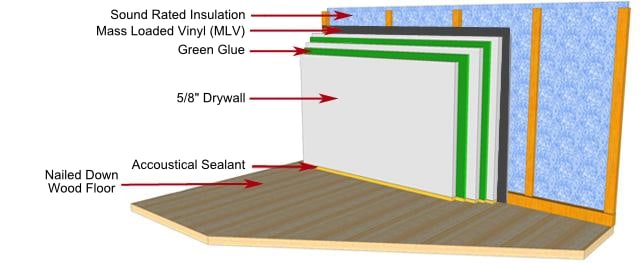
First, you’ll need to select your soundproofing medium. We recommend acoustic insulation or soundproof batting. These materials are designed to provide superior soundproofing qualities, as they absorb, deflect, and prevent the passage of vibrations.
We also suggest using specialized insulation supports to secure the material in place. While you could simply place the soundproofing material in the wall cavity and then hang the drywall, to prevent the material from moving, use supports to attach it to the studs. Doing so will ensure better results.
In addition to acoustic insulation or soundproof batting, you should also invest in soundproofing drywall. There are several options available, such as an acoustically enhanced gypsum board, which helps to deflect vibrations. Additionally, this material is a lot denser than standard drywall, so it creates a thicker barrier to stop noise penetration.
Lastly, you’ll want to purchase acoustic sealant or soundproof caulk. This will be used to seal up any gaps in your newly hung walls.
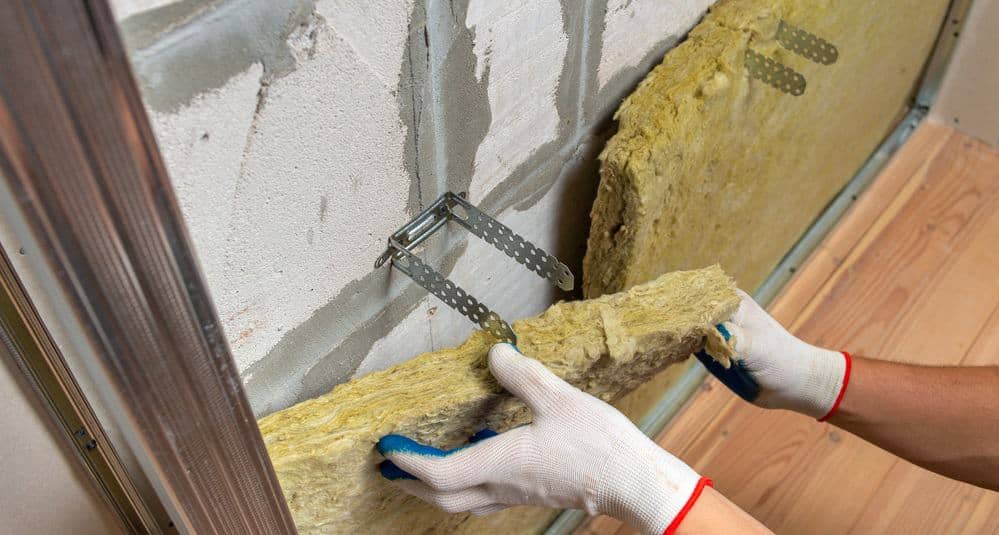
Once you have all of your materials assembled, you can begin the process of insulating your newly constructed walls. Both insulation and soundproofing batts are specifically designed so that they snuggly fit between the studs in the wall, thus preventing gaps.
For the best results, make sure there are as few gaps as possible; the more gaps, the more vibrations and soundwaves will pass through, which will minimize the soundproofing performance of your walls. Completely avoiding gaps may not be possible. Below, we will cover how to conceal any gaps that you do have.
As you’re installing the insulation or batting, when you come across pipes, wires, outlets, and other obstructions, create cuts in the material using a utility knife. Take care to ensure the cuts are as accurately sized to the obstructions as possible, as doing so will minimize gaps and improve the performance of your walls.
As discussed above, use the insulation or batting supports to secure the soundproofing material in place.
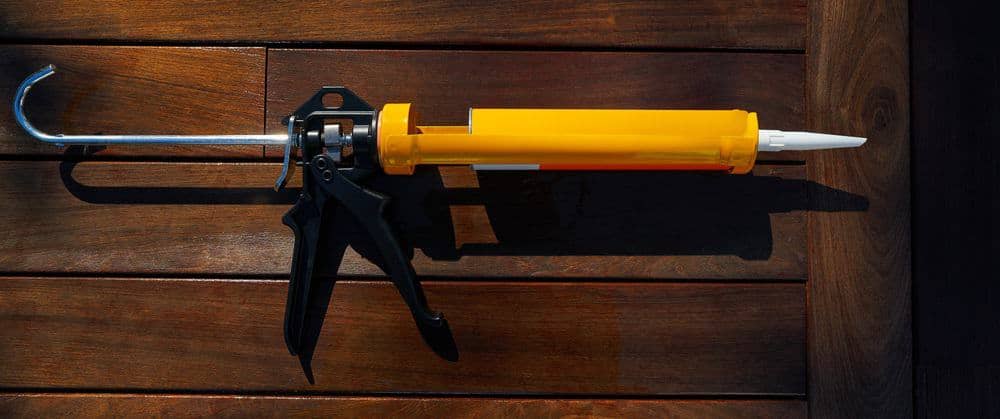
Once you have covered the entire cavity with insulation or batting, take the time to carefully inspect your work and check for any gaps.
Wherever you find a gap, seal it up with a soundproofing caulk, such as green glue sealant. This material is easy to apply, absorbs soundwaves, deflects vibrations, and prevents the passage of sound.
Key areas to check include around any obstructions in the wall, such as electrical outlets, wires, and pipes. Another common spot for air gaps is along the edges of the insulation, where two batts meet up.
Applying sealant to these areas will block the openings and omit pathways for sound transmission where noises could travel into and out of your property.
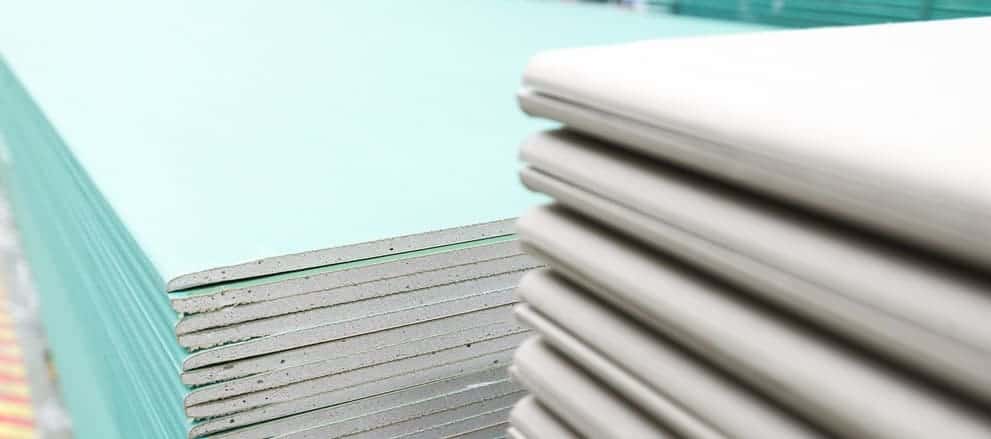
After the insulation is in place and all gaps have been sealed, it’s time to install the soundproof drywall.
When installing the drywall, it’s important to measure twice and cut once; if you make any mistakes with your cutting, you’ll have to purchase new drywall, which will add to the final expense of the project.
Also, we recommend having someone assist you with this part; have one person (or more) hold the drywall in place and then another secure the drywall in place. Place screws along the studs, every 4” or so.
The last stage of the process involves applying soundproofing sealant around any openings in the drywall; between drywall panels, as well as along window and door frames.
Doing so will help to prevent soundwaves from passing through the frame, thereby improving the soundproofing qualities of your newly constructed walls.
While the above-mentioned process should yield highly effective results, if you want to take the soundproofing performance a step further, try the following suggestions:
The more measures you take to soundproof your walls, the less exterior noise will enter your home and the less interior noise will escape. The end result is more peace and quiet, increased privacy, improved energy efficiency, enhanced comfort, and lower utility bills.
By taking the time to employ soundproofing strategies during the process of construction, you can ensure the peace and quiet in your new space and prevent the outside world from hearing what’s going on inside your home or business.
Taking care to soundproof your walls during construction will help you avoid having to take extra steps down the road to block out unwanted noise and prevent interior noise from escaping your property.
The process of soundproofing walls is relatively simple and doesn’t require much more work than building a standard wall. In fact, all that is really required is the use of specialized soundproofing materials and taking the time to ensure that all gaps are properly sealed.

Snoringsource.com is a participant in the Amazon Services LLC Associates Program, an affiliate advertising program designed to provide a means for website owners to earn advertising fees by advertising and linking to amazon(.com, .co.uk, .ca etc) and any other website that may be affiliated with Amazon Service LLC Associates Program.